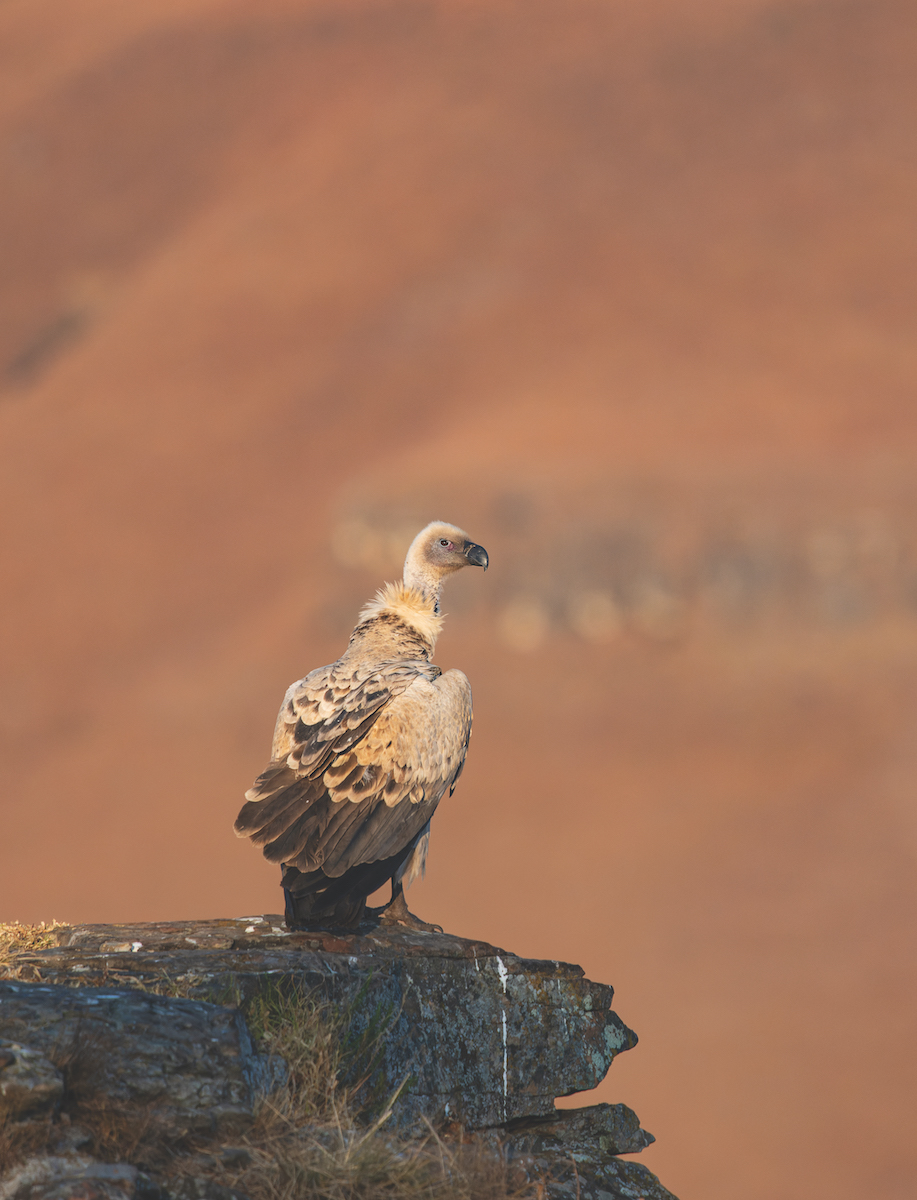
While traveling from Solitaire in the direction of Rostock Ritz, you may have succumbed to earthly pleasures, having appreciated one of the delicacies at the famous bakery. Perhaps you feel slightly tired, or perhaps the aircon is not quite doing its bit. Perhaps the sunscreen just seeped into your eyes and you find it hard to see and appreciate the charm of the area you are travelling in.
Text Linda de Jager
You are now in the Khomas Region, close to the Kuiseb Canyon on the C14, a vast landscape managed mainly for wildlife and tourism. On this challenging road – please slow down to 80 km per hour – the speed restriction has merit and you want to get back to your creature comforts safely, right? In fact, try to slow down in more than one way. Take your cue from the Indian prince, Siddhartha, founder of Buddhism, which is practiced by more than 300 million people today. Prophets like Shakyamuni (as he became known after having achieved enlightenment) so often sought out the desert to find solitude and new perspectives.
So when you have located your zen-like calm, look more closely at the area you are passing through – adjoining this area you have one of the largest conservation areas in the world. Now pay close attention to Rostock Mountain on your right (coordinates: -23.135778 S; 15.863177 E). You have possibly entered one of the safest places in the world for vultures – birds that some refer to as “our nurses in the sky” as they stop the spread of disease.
The Rostock cliffs are considered by some scientists to offer the best site in Namibia to re-establish a breeding Cape Vulture population. Holger Kolberg, a conservation scientist at the Directorate of Scientific Services of the Ministry of Environment, Forestry and Tourism, says this is relevant because globally vultures are amongst the most threatened taxa with populations having declined by as much as 80% over the past 30 years in some areas. Namibia is no exception. Says Kolberg, “Historically, the country was home to about 500 Cape Vultures, but this has plummeted to less than 20 birds currently; no breeding has occurred in the past 20 years.”
The decline of Cape Vultures in the pro-Namib region of Rostock was caused by (a) poison use by small-stock farmers when, after World War II, the land was turned into freehold farmland, (b) the loss of wildlife, which was replaced by small stock, and (c) direct persecution. The situation across much of the pro-Namib has changed significantly since the extinction of the Rostock Cape Vulture colony in the late 1960s. Most of the land is now flourishing, while wildlife and tourism is prized above all. As a result, the use of poison has declined.
India has more valuable lessons to offer than what is contained in its Buddhist teachings. In 2018, journalist Prerna Singh Bindra wrote about how veterinary drugs contained in cattle carcasses (toxic to vultures) saw the numbers of India’s three vulture species plummeting to near extinction within a decade. Experts maintain that the absence of these scavengers points to looming health crises, such as the spread of zoonotic diseases (the much documented Coronavirus for example is also transmitted between animals and humans) and rabies. This indicates that the real value of vultures cannot be quantified.
Closer to home, the factors that drove the Rostock Cape Vulture population to local extinction have now largely gone. As a result, a group of enthusiasts is doing a great deal of whispering about putting measures in place to bring these magnificent creatures back to nest here.
“Both White-backed and Lappet-faced Vultures have also seen good recoveries,” says Kolberg. “Both internal and external fences have been removed over large areas, and wildlife numbers, including predators, have increased significantly. The landowners and MEFT have worked together to establish a collaboratively managed landscape to promote conservation values and opportunities.”
Unlike many other places on the planet, vultures and their broods therefore have a good chance of permanently surviving here.
The impermanence of life for Buddhists are symbolised by a unique burial method that involves birds of prey like vultures. In ancient sky burials, human corpses are placed on mountaintops to be eaten. According to National Geographic magazine, these sky burials are now becoming controversial tourist attractions. For some the thought might be hard to digest.
But I urge you to stop the car, get out, look towards those mountains and let your imagination soar. Consider these magnificent creatures and their symbolic meaning – right here, right now. As a visitor to Namibia, you may only have this one opportunity to travel through. Enjoy the moment. If you happen to see a gleaming white patch on the mountain’s rear summit, you will have located the spot where the vultures nested for thousands of years. And perhaps – should your children have the privilege to come back here in their lifetime and also bring their children – this area might just be a fully-fledged vulture safe zone, with Cape Vultures nesting once again on Rostock Mountain.






